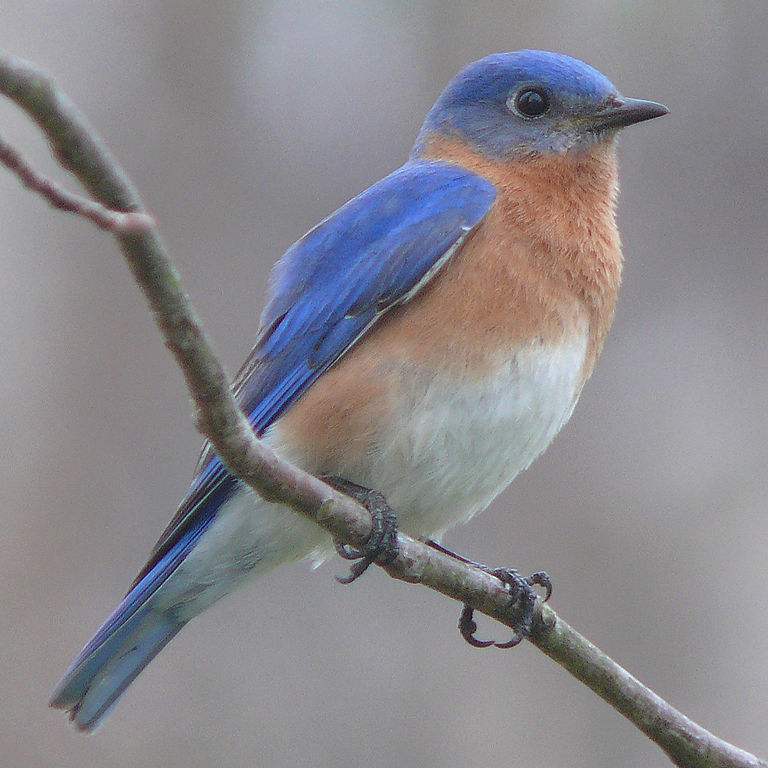I’ve been rereading Jared Diamond’s The Third Chimpanzee – humans. He spends a lot of time on various aspects of sex, one of which is extramarital sex. According to various human studies, somewhere between one and 30 percent of children are conceived as a result of extramarital sex, but the data are dubious because interviewees are mostly reluctant to admit their affairs.

Infidelity or “cheating” not uncommonly occurs in birds. This behavior is particularly prevalent in socially monogamous bird species, where individuals form long-term pair bonds but may still engage in extra-pair copulations. Bluebirds are good examples.As in humans, extra-pair mating (copulating with individuals other than their primary partner) usually involves the male of a pair going off to seek copulation elsewhere. Why would he do that? Is there an evolutionary advantage? (Eastern Bluebird pictured.)
Yes, for one, by engaging in extra-pair copulations, male birds can increase their reproductive success by producing more offspring. It allows individuals to increase their genetic contribution to the next generation without the responsibility of parental care.Females, on the other hand, have to invest a lot more in their offspring; extra-pair copulations produce a greater cost because they put the resources that their mate can offer at risk by copulating outside the relationship. Despite this, females do seek out extra pair copulations, and, because of the risk, there is more debate about the evolutionary benefits for females, but the genetic diversity of her offspring may be the benefit.
In some cases, individuals may engage in sexual shenanigans to gain access to additional resources or territories that can benefit their breeding success. Extra-pair copulations can also be a mechanism for individuals to assess potential alternative mates and their genetic compatibility.Extra-pair mating has been observed in numerous bird species. While the prevalence and extent of extra-pair mating can vary among populations and individuals within a species, here are a few examples.
- Blue Tits (Cyanistes caeruleus), are small passerine birds found in Europe and parts of Asia, exhibit significant rates of extra-pair paternity, with studies suggesting that up to 31- 47% of offspring may result from extra-pair copulations.
- Northern Cardinals (Cardinalis cardinalis) are common songbirds in North America. Extra-pair paternity occurs in this species, with studies indicating rates ranging from 10-30% in certain populations.
- European Starlings (Sturnus vulgaris), invasive birds in North America and other parts of the world, are known for their complex social systems and high rates of extra-pair mating. Studies have suggested that a significant proportion of offspring in starling populations may result from extra-pair copulations.
- Common Blackbirds (Turdus merula) are widely distributed in Europe and parts of Asia. They exhibit variable rates of extra-pair paternity, with studies reporting rates ranging from 5-20% depending on the population.
These are just a few examples; extra-pair mating may occur in as many as 75% of bird species.
The rates and prevalence of extra-pair mating can vary within and among populations, and factors such as habitat, social structure, and environmental conditions can influence the extent of this behavior.